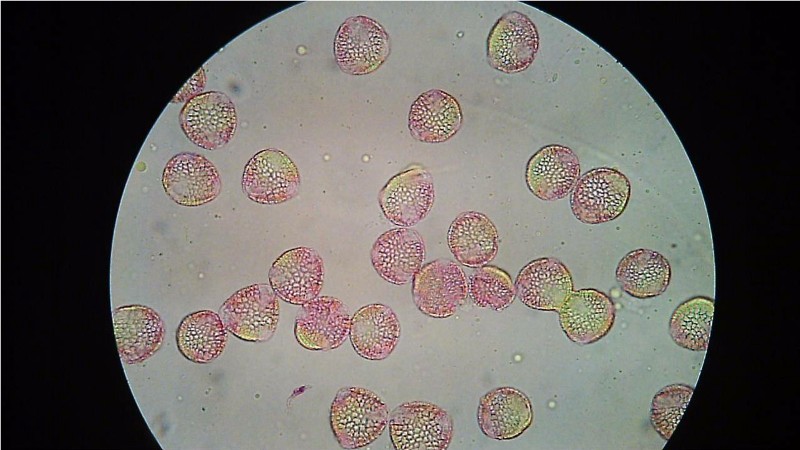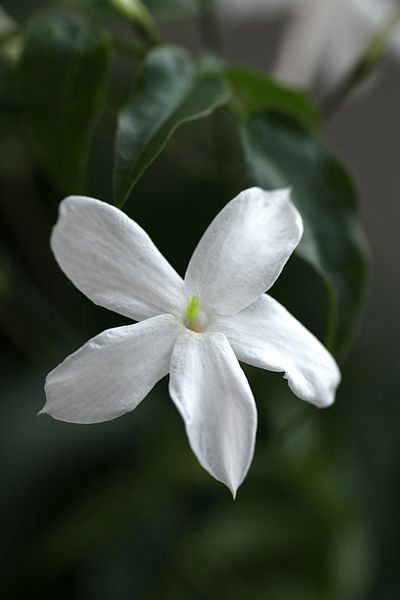Microscopy
Attending a course at
KRSC inspired the purchase of a stereo-microscope and compound microscope.
Brunel Microscopes have a great selection, the two
I choose are the
SP150 Trinocular Compound Microscope,
and a
MX7T
Stereo-microscope.
Microscopy of Pollen
Since
they have arrived I have collected pollen from a handful of different
flowers, the pollen has then been stained and mounted onto microscope
slide. I hope to continue collecting pollen and increasing my pollen
slide collection.
Why?
Well, I have already identified what my bees were foraging on by
collecting a pollen load from a bee and identifying the pollen to be
Ivy. Identification is determined by a variety of pollen
characteristics, including size, shape and colour.


As an example, the pictures are of stained Common Jasmine
pollen at x400 and a picture of the flower.
The pollen is approximately 40Ám in diameter.
Microscopy of Bees
To help with explanations and identification, I have also purchased a number of books,
these are given below.
Pollen Identification for Beekeepers by Rex Sawyer
The Pollen Grain Drawings of Dorothy Hodges.
The links on the Microscopy of
Pollen and Bees provide further details of my adventures. |

